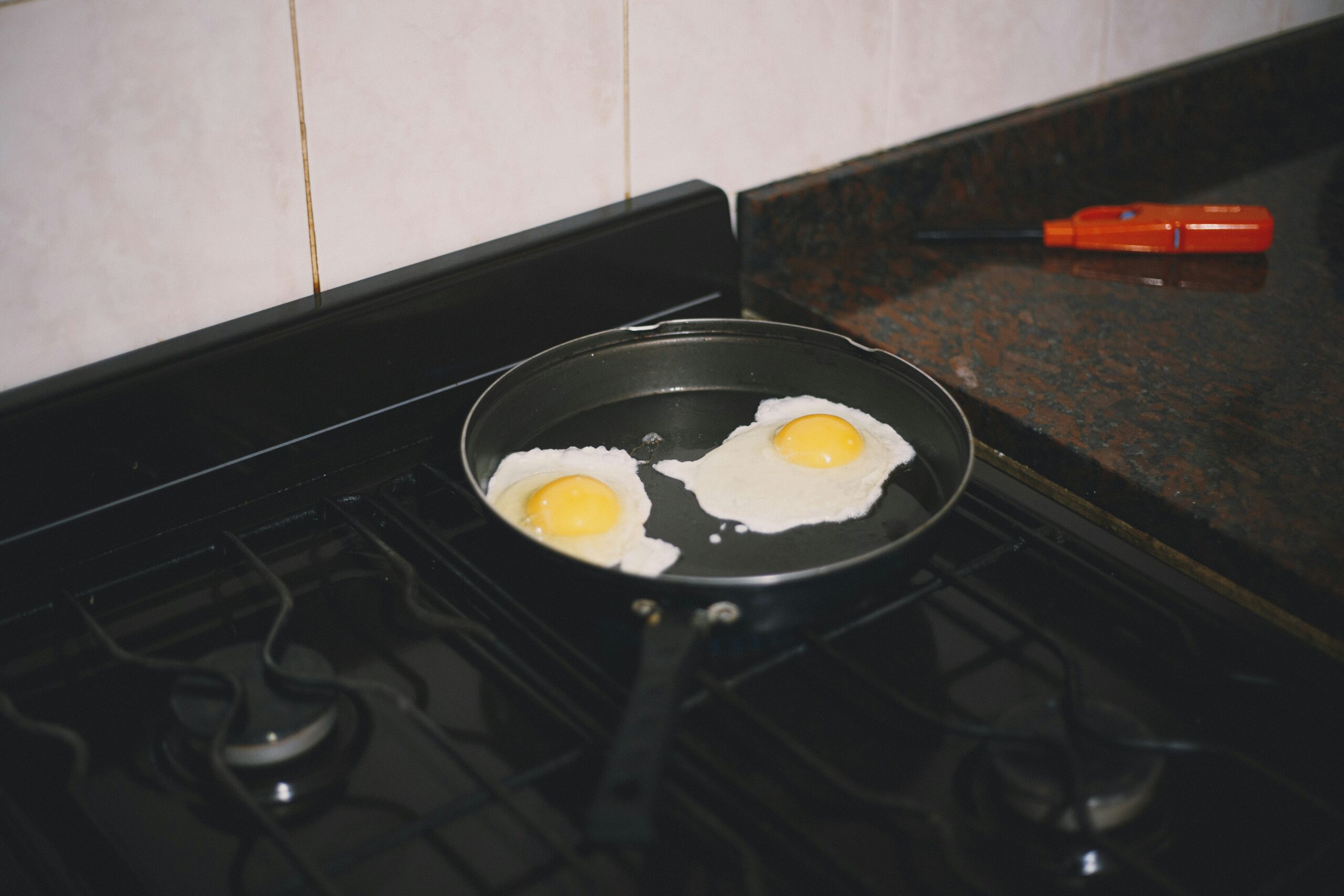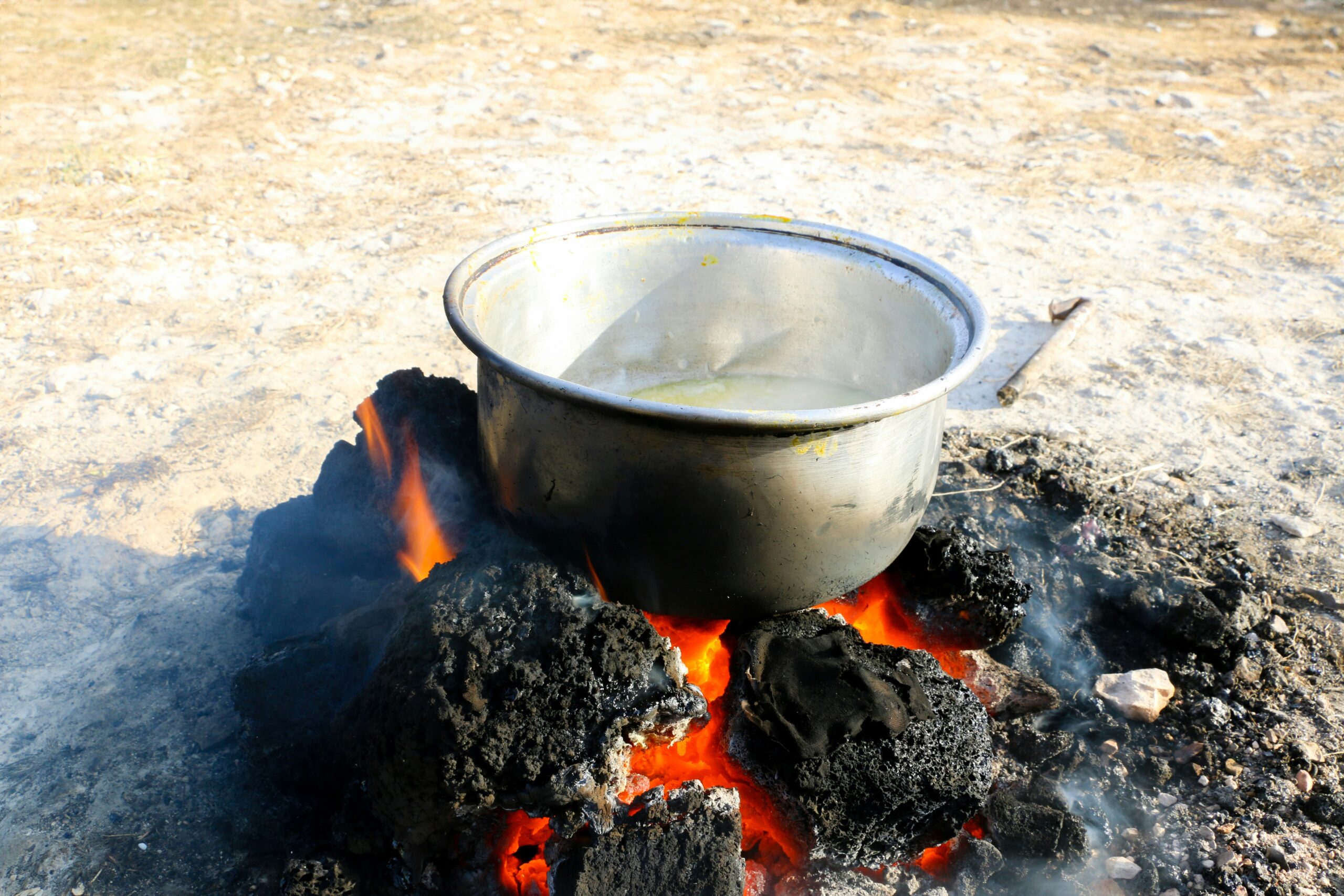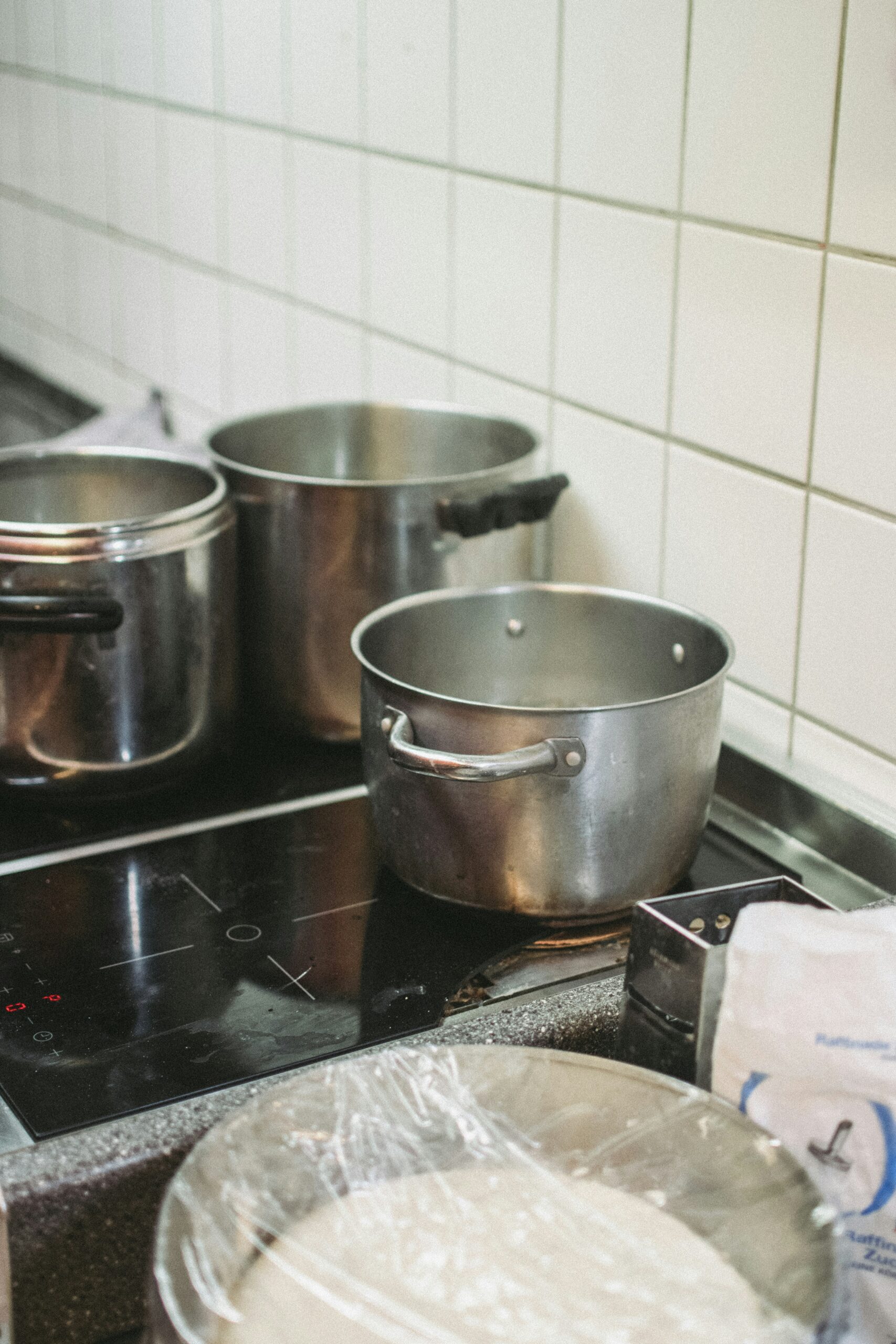Should you be prepared for those unexpected days when your trusty kitchen appliances decide to take a hiatus? It’s easy to take for granted the convenience of a stove or microwave, but their sudden absence during a power outage or emergency situation might make you appreciate the value of having a backup cooking method. Let’s talk about why having a backup plan can be a comforting safety net and guide you on setting one up to keep mealtimes smooth, no matter what challenges you encounter.

Understanding the Importance of Backup Cooking Methods
When thinking of emergency preparedness, you might first consider food storage, water supply, and first aid. But how often do you think about how you’ll cook those stored foods if your usual appliances are unavailable? Your ability to prepare food is crucial for maintaining a balanced diet and ensuring your family’s comfort during unsettling times. Let’s dive into why having a backup cooking method should be a priority on your emergency prep checklist.
The Role of Cooking in Emergencies
Cooking is more than just preparing meals. It’s a source of nutrition, comfort, and normalcy. In an emergency, your usual methods may not work. Imagine trying to whip up a warm meal during a power outage or natural disaster without your electric stove. By having an alternative, you ensure you can still provide hot meals, preserving morale and health when it’s needed most.
How Unforeseen Events Impact Meal Preparation
Natural disasters, power outages, or even a broken appliance can disrupt your ability to cook. These events often happen without warning and can last from a few hours to several days. Keeping an alternative method on standby means you won’t be scrambling for a solution when every store is closed or your usual resources are inaccessible.
Evaluating Your Options for Backup Cooking Methods
Every household is unique, and so too is their perfect backup cooking method. You’ll want to consider your specific needs, available resources, and safety concerns. Let’s explore some of the most popular and accessible options out there.
Portable Stoves
Portable stoves are compact and designed to be easily moved between locations. They come in many varieties, such as those powered by butane, propane, or even biofuels. These stoves can be very effective for quick meal preparation and are relatively easy to store.
| Portable Stove Type | Fuel Source | Pros | Cons |
|---|---|---|---|
| Butane Burner | Butane canisters | Lightweight, simple | Replacement fuel needed |
| Propane Stove | Propane tanks | Powerful, versatile | Heavier than butane |
| Biofuel Stove | Organic material | Renewable fuel source | Slower cooking process |
Charcoal or Gas Grills
Most households already have a charcoal or gas grill. These can be fabulous resources for emergency cooking. They can handle a wide array of dishes, from grilling meats to baking certain foods if you’re resourceful enough.
Campfire Cooking
If you have a safe outdoor area, campfire cooking can be both an effective and rustic cooking method. Collecting wood for a fire has been a traditional and natural way of preparing food for centuries. However, it requires some basic skills and precautions for safety.
Solar Ovens
A solar oven utilizes sunlight to cook food. Although dependent on sunny weather, they provide an energy-efficient way to prepare meals without relying on fossil fuels. A solar oven might not be your sole backup method but can certainly supplement other options.
Safety Considerations and Operating Tips
Using alternative cooking methods often involves different risks than your regular stove or oven. Safety should be a top priority. Let’s go through some safety tips and operational guidelines to help you use these methods confidently.
Ventilation Needs
With any fuel-burning appliance, proper ventilation is crucial. Always use stoves or grills outdoors to prevent carbon monoxide build-up, which can be lethal. Proper spacing and ventilation will help safeguard your health, ensuring your environment is safe while prepping meals.
Fire Safety
When dealing with open flames from campfires, grills, or any similar setup, exercising caution helps prevent accidents. Keep enough distance from anything flammable and have a fire extinguisher or water source close by to handle sudden emergencies.
Handling Fuels
Different methods utilize varying fuel sources, each with its own handling instructions. Proper storage and usage directions minimize risks and ensure that your backup method is ready whenever you need it. Make sure to store fuels in a cool, ventilated area away from direct sunlight and heat and follow the manufacturer’s guidance on use.
Strategizing Your Backup Plan
Creating a plan entails more than just selecting your backup method. You need to strategize storage, maintenance, and awareness within your household. Here are some tips to ensure preparations are comprehensive and your backups are ready when needed.
Storing Your Backup Equipment
The storage of your backup appliances and their fuels is vital for their longevity and reliability. Choose a dry, secure location that offers easy access during emergencies. Regularly check that any stored equipment is in good condition.
Practice Ahead of Time
Familiarizing yourself with how your backup system operates ensures that you aren’t learning on the fly. Practicing periodically can make you more efficient when an actual emergency arises, reducing the stress of managing under pressure.
Household Awareness and Training
Everyone in your household should know where the backup equipment is stored and how to use it safely. Conducting a few family training sessions to discuss its importance and operation helps everyone feel prepared and safe during unsettled times.

Integrating Nutrition and Meal Planning
In emergencies, having nutritious meals can bolster your family’s physical and mental well-being. Planning your emergency meal menu wisely, using available resources, can keep everyone feeling their best.
Selecting Appropriate Foods
Choosing the right foods for your emergency pantry can make a significant difference. Non-perishable items like canned goods, grains, and dried legumes store easily and provide essential nutrients. Don’t forget to keep some spices and condiments handy to enhance flavor.
| Food Type | Examples | Benefits |
|---|---|---|
| Canned Goods | Soups, beans, meats | Long shelf life, protein rich |
| Grains | Rice, quinoa, pasta | Filling, energy providing |
| Dried Foods | Lentils, spices, fruits | Easy to store, nutritious |
Balancing Nutrition
Ensure your meals cover the essential food groups: proteins, carbohydrates, fats, and vitamins. An unbalanced diet can lead to fatigue, poor concentration, and weakened immune defenses—all of which are more problematic in emergency situations.
Getting Creative with Limited Ingredients
Swap a fixed menu mentality for flexibility with what’s available. Creativity can transform simple staples into delightful dishes. Experiment with combining ingredients or cooking methods, and don’t be afraid to mix flavors to create hearty and satisfying meals.
Understanding the Wider Advantages
Backup cooking methods aren’t just safety nets for extraordinary circumstances. They also offer additional lifestyle benefits and learning opportunities regardless of an emergency scenario.
Enhancing Outdoor Skills
Using methods like campfires and grills can help improve your outdoor culinary skills, which can double as a social activity during camping trips or neighborhood cookouts.
Reducing Energy Dependency
Practicing with solar ovens or other alternative methods builds an appreciation for sustainable living. Reducing reliance on electricity and gas contributes to a greener lifestyle and a lesser carbon footprint.
Building Confidence and Self-Reliance
Having a reliable plan makes you more in control during emergencies. This preparedness fosters independence and peace of mind, knowing you’re equipped to handle life’s unpredictabilities.

Final Thoughts
Choosing a backup cooking method for emergences isn’t just about crisis management—it’s about comfort, consistency, and resource management, both in and out of emergencies. By preparing, you change the narrative from “what if” to “we got this,” and that kind of assurance is invaluable. So, what are you waiting for? Ensure you’re ready for whatever comes your way by exploring your backup cooking options today!

